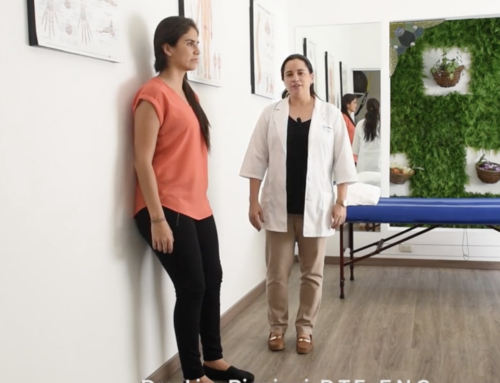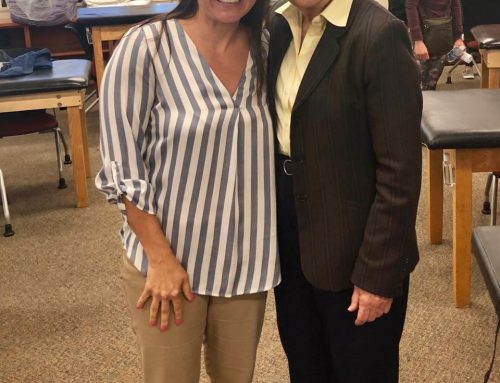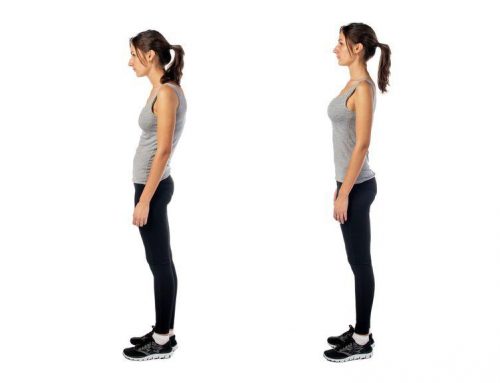Passive and active therapy
Physical therapy
Passive
Modalities
Hot packs, cold packs, ultrasound, iontophoresis, electrical stimulation, TENS (transcutaneous electrical nerve stimulation), NMES (neuromuscular electrical stimulation), IF (interferential current).
Traction
Traction is performed for temporary relief of neck or back pain. Small amounts of weight are placed to create distraction forces in order to relieve pain and spasm.
Myofascial Release
This involves hands-on techniques that are somewhat similar to deep tissue massage. It is sometimes uncomfortable but is often helpful in reducing spasm in hard-to-stretch areas.
Active
Postural Education
One of the keys to preventing reinjury to the spine is education. Posture is a very important factor in avoiding a relapse of a spinal injury. During initial phases of physical therapy visits, patients receive instructions on proper posture.
Body Mechanics
This is another vital part of spine education. The average person does a great deal of bending, lifting, and possibly twisting on any given day. These movements are commonly associated with the onset of back pain or sciatic symptoms. Therapists give instruction on proper ways to perform these activities, and also point out movements that should be avoided at all times. It is important to continue to follow proper body mechanics after the injury and throughout the rest of your life.
Stretching and Stabilization
There are a number of exercises for the spine. Most of them require no special equipment and can be performed on the floor either with a therapist or at home. They include stretching and stabilization exercises, which produce low amounts of stress and strain at the point of injury, yet help greatly with proper alignment and stabilization of the spine.
Resistance Training
Once a patient is showing improvement of pain and adequate efficiency of the basic stretches and stabilization exercises, it is time to move onto the more intense muscle building routines. These include use of weight machines specifically designed to focus on the back, abdominal, and oblique muscles. During this phase, it is extremely important that a patient uses the proper technique with the machines in order to avoid making the injury worse.
Work Hardening
This is a work specific type of therapy that is usually implemented after the initial phase of physical therapy is completed. These programs are designed to simulate normal occupational activities in a controlled environment, under the supervision of a therapist.
Sports Preparation
Patients that have been active in sports prior to an injury can get help returning to their respective sport with a careful and sport-specific training program after their initial spine problem has been addressed. This will help patients return to the previous level of activity and decreases the likelihood of reinjury due to a particular sport (golf, basketball, softball, football, etc.).
Aquatic Therapy
In some patients, land-based physical therapy may make symptoms worse. These patients can often benefit from aquatic physical therapy, which reduces the mechanical stress effects of gravity. Aquatic therapy also helps with cardiac conditioning; cardiac workload increases by approximately 3 times once someone is submerged in water up to his or her neck. This is due to an increase in efficiency of blood return to the heart. Aquatic therapy allows patients to get the same cardiac benefit as doing approximately one third of the exercise. This, however, does not translate to improved fat burning.
Physical therapy
Passive
Modalities
Hot packs, cold packs, ultrasound, iontophoresis, electrical stimulation, TENS (transcutaneous electrical nerve stimulation), NMES (neuromuscular electrical stimulation), IF (interferential current).
Traction
Traction is performed for temporary relief of neck or back pain. Small amounts of weight are placed to create distraction forces in order to relieve pain and spasm.
Myofascial Release
This involves hands-on techniques that are somewhat similar to deep tissue massage. It is sometimes uncomfortable but is often helpful in reducing spasm in hard-to-stretch areas.
Active
Postural Education
One of the keys to preventing reinjury to the spine is education. Posture is a very important factor in avoiding a relapse of a spinal injury. During initial phases of physical therapy visits, patients receive instructions on proper posture.
Body Mechanics
This is another vital part of spine education. The average person does a great deal of bending, lifting, and possibly twisting on any given day. These movements are commonly associated with the onset of back pain or sciatic symptoms. Therapists give instruction on proper ways to perform these activities, and also point out movements that should be avoided at all times. It is important to continue to follow proper body mechanics after the injury and throughout the rest of your life.
Stretching and Stabilization
There are a number of exercises for the spine. Most of them require no special equipment and can be performed on the floor either with a therapist or at home. They include stretching and stabilization exercises, which produce low amounts of stress and strain at the point of injury, yet help greatly with proper alignment and stabilization of the spine.
Resistance Training
Once a patient is showing improvement of pain and adequate efficiency of the basic stretches and stabilization exercises, it is time to move onto the more intense muscle building routines. These include use of weight machines specifically designed to focus on the back, abdominal, and oblique muscles. During this phase, it is extremely important that a patient uses the proper technique with the machines in order to avoid making the injury worse.
Work Hardening
This is a work specific type of therapy that is usually implemented after the initial phase of physical therapy is completed. These programs are designed to simulate normal occupational activities in a controlled environment, under the supervision of a therapist.
Sports Preparation
Patients that have been active in sports prior to an injury can get help returning to their respective sport with a careful and sport-specific training program after their initial spine problem has been addressed. This will help patients return to the previous level of activity and decreases the likelihood of reinjury due to a particular sport (golf, basketball, softball, football, etc.).
Aquatic Therapy
In some patients, land-based physical therapy may make symptoms worse. These patients can often benefit from aquatic physical therapy, which reduces the mechanical stress effects of gravity. Aquatic therapy also helps with cardiac conditioning; cardiac workload increases by approximately 3 times once someone is submerged in water up to his or her neck. This is due to an increase in efficiency of blood return to the heart. Aquatic therapy allows patients to get the same cardiac benefit as doing approximately one third of the exercise. This, however, does not translate to improved fat burning.





